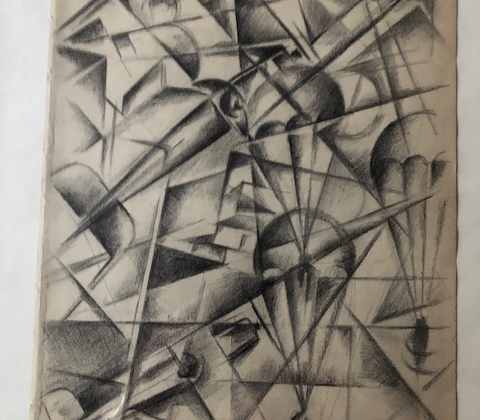Chemical Pathology on TV: Acute Intermittent Porphyria in ‘House MD’
Michelle Muscat MD MRCS(Ed) MSc, PG Dip, FRCPath
Creator: David Shore
Original Network: Fox
Some Stars: Hugh Laurie, Lisa Edelstein, Omar Hashim Epps, Sela Ward
Original Run: 2004 – 2012
The medical drama television series ‘House MD’ created by David Shore follows Dr. Gregory House (Hugh Laurie) and his team facing a variety of medical diagnostic dilemmas. Porphyria cases also occasionally made an appearance.
In a particular episode (season 1 episode 22), his former lover Stacey (Sela Ward) tells him that her husband is having sudden mood swings, abdominal pain and passed out twice. House places a sedative and hypnotic drug in the husband’s drink, against all ethical protocol, and via this measure he is taken to hospital. Abdominal CT yields no explanation for the abdominal pains. Exploratory surgery is performed which showed nothing of relevance except a distended bladder. On reviewing the video of the surgery an abnormality was noted with the pattern of the intestinal contractions. The medical team even did a site visit in his home, and looked for toxins or heavy metals in the drug cabinet. The house search unearthed a bottle of amphetamines which could help explain the personality issues, but it was then concluded that these were not for the actual patient himself. A PET scan was performed with questions to gauge memory mingled with highly non-standardized questions.
The patient develops tingling and numbness in the extremities. They suspected Guillain–Barré syndrome. House realizes that in addition to the abdominal pain, polyneuropathy and paranoia, the patient also suffers from delusions, and subsequently develops flaccid quadriparesis. Urine via a suprabubic sample is taken during an attack for testing after which they subsequently start him on haematin and glucose. He tells the wife he will send for an HMB (hydroxymethylbilane) synthase mutation genetic test. A love triangle plays out at the backdrop of the medical story. Overall, as dramatized as it may be there are underlying medical truths as well as a few improbabilities. (1-5)
This review is partially funded through the Endeavour Scholarship Scheme
Selected References
- Haboubi HN, Morgan H, Aldalati O. Hospital doctors’ Opinions regarding educational Utility, public Sentiment and career Effects of Medical television Dramas: the HOUSE MD study. The Medical journal of Australia. 2015;203(11):462-6.
- Schneider-Yin X, Szlendak U, Lipniacka AI, Minder EI, Gregor A. Nine novel mutations in the hydroxymethylbilane synthase gene of Polish patients with acute intermittent porphyria. Clinical genetics. 2006;69(3):284-6.
- Ramdall RB, Cunha L, Astrin KH, Katz DR, Anderson KE, Glucksman M, et al. Acute intermittent porphyria: novel missense mutations in the human hydroxymethylbilane synthase gene. Genetics in medicine : official journal of the American College of Medical Genetics. 2000;2(5):290-5.
- Ong PM, Lanyon WG, Moore MR, Connor JM. Acute intermittent porphyria: alternative splicing of hydroxymethylbilane synthase mRNA excludes exons 3 and 12. Molecular and cellular probes. 1998;12(2):63-70.
- Periasamy V, al Shubaili A, Girsh Y. Diagnostic dilemmas in acute intermittent porphyria. A case report. Medical principles and practice : international journal of the Kuwait University, Health Science Centre. 2002;11(2):108-11.





